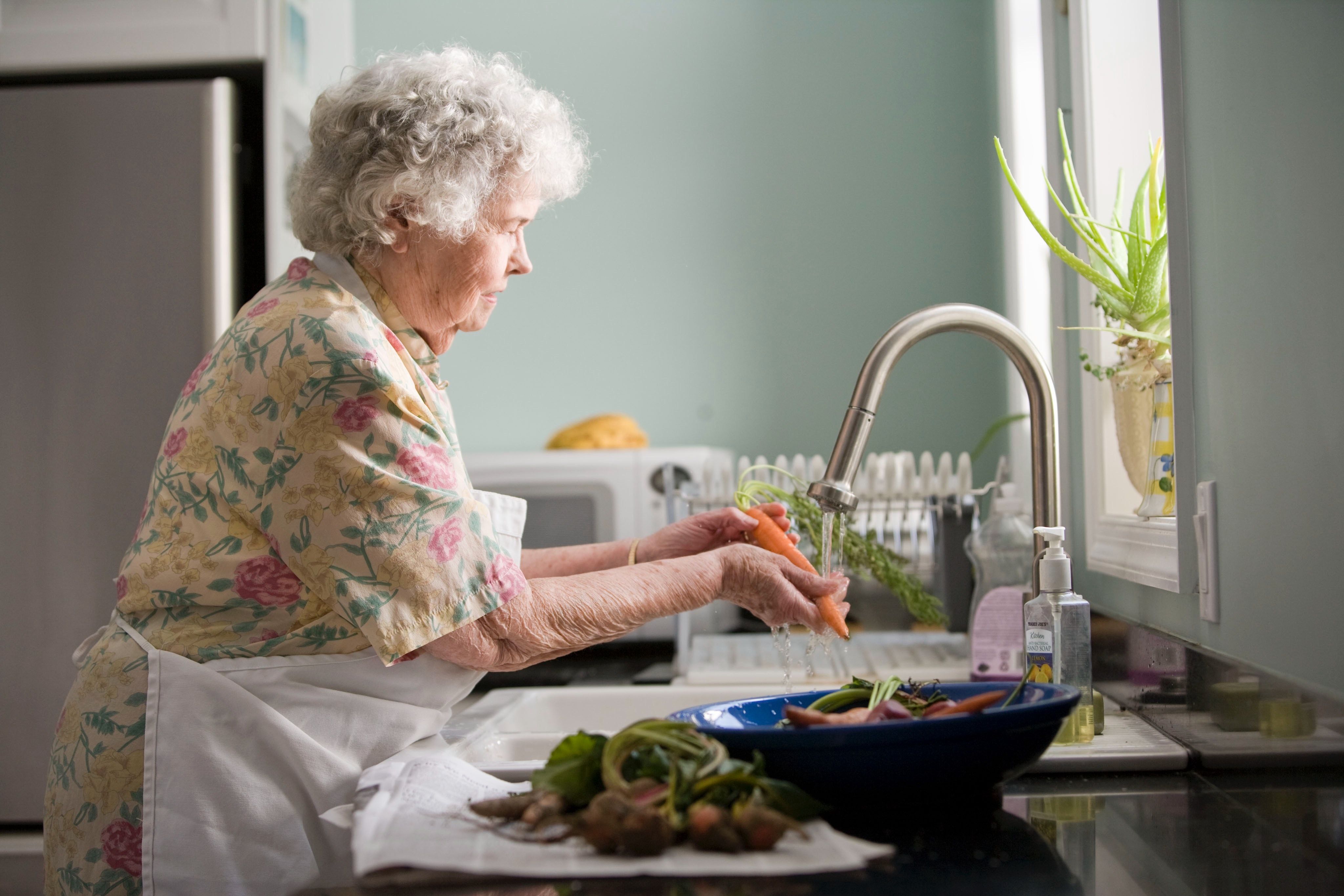What to Expect on the First Day | Home Health Care
Once you select the home care worker or workers you believe will be the best fit for your elder’s needs, it’s time to prepare for the first visit. This task involves creating an environment where both the home care professional and senior feel as comfortable as possible.
The essential foundation of any senior-caregiver relationship is trust. Even if the latter doesn’t hit it off with the former right away, it’s crucial that they have confidence in one another and can hopefully build camaraderie up from there. Your elder family member must also have the opportunity to build a necessary rapport with substitutes who will fill in for their primary caregiver.
The first day of a home health care arrangement boils down into four distinct sections: the introduction, the conversation, the tour, and the follow-up

The Introduction
Whether the caregiver has been hired through an agency or not, your family may have already met them. That said, it’s important to make them feel welcome and start the proceedings on the right foot.
If the caregiver has been hired through an agency, the care supervisor will almost always accompany the professional to ensure that everything runs smoothly and that all sides have their questions answered and their tensions eased.
The Conversation
Once everyone has had the chance to make introductions, you and your elder (if they’re able to) should sit down with the caregiver and, if present, their supervisor to review the care plan.
This review process is important for two major reasons: to ensure that all parties fully understand their rights and responsibilities and to make changes if the senior’s health requires changed substantially since the previous discussion.
After this review is completed, the supervisor will typically exit the conversation, but not before passing on their contact information. Once they leave, you, your elderly family member, and the caregiver will be alone together. This is the first in many opportunities to build rapport on that first day, so be accommodating without being overbearing. Establishing a natural connection between the senior and their caregiver(s) is key.
The Tour
After these first pleasantries, it’s time to give the new caregiver a tour of the living space, allowing them to familiarize themselves with their surroundings. Be sure to show them important rooms and items, and give them any added context they need to perform their duties.
Once the tour is completed, the next step will generally vary depending on the caregiver’s responsibilities. This can range from helping with housekeeping or laundry tasks to performing more intensive medical care. Before anything begins, it’s a good idea to ask your elder if they’re comfortable so far and, if they aren’t, address any concerns they may have.
The Follow-up
After the caregiver completes their shift, their supervisor or agency will be in touch to see how things went. Use the occasion to have an honest discussion and evaluate how the visit went from every angle. If you or the senior receiving care raised any red flags, address them in detail.
If the caregiver was hired independently of an agency, it’s still important to discuss with them and iron out any outstanding details or concerns you have before the next visit.



